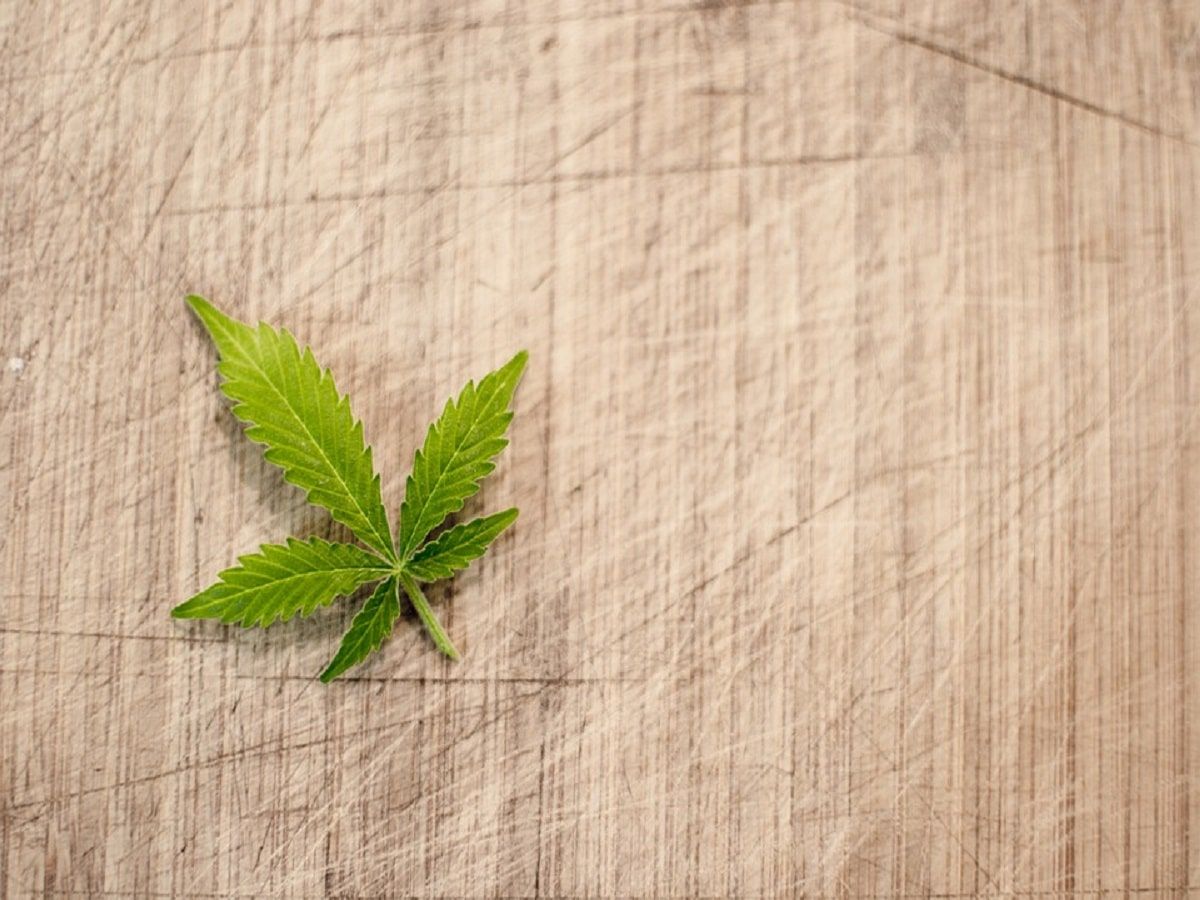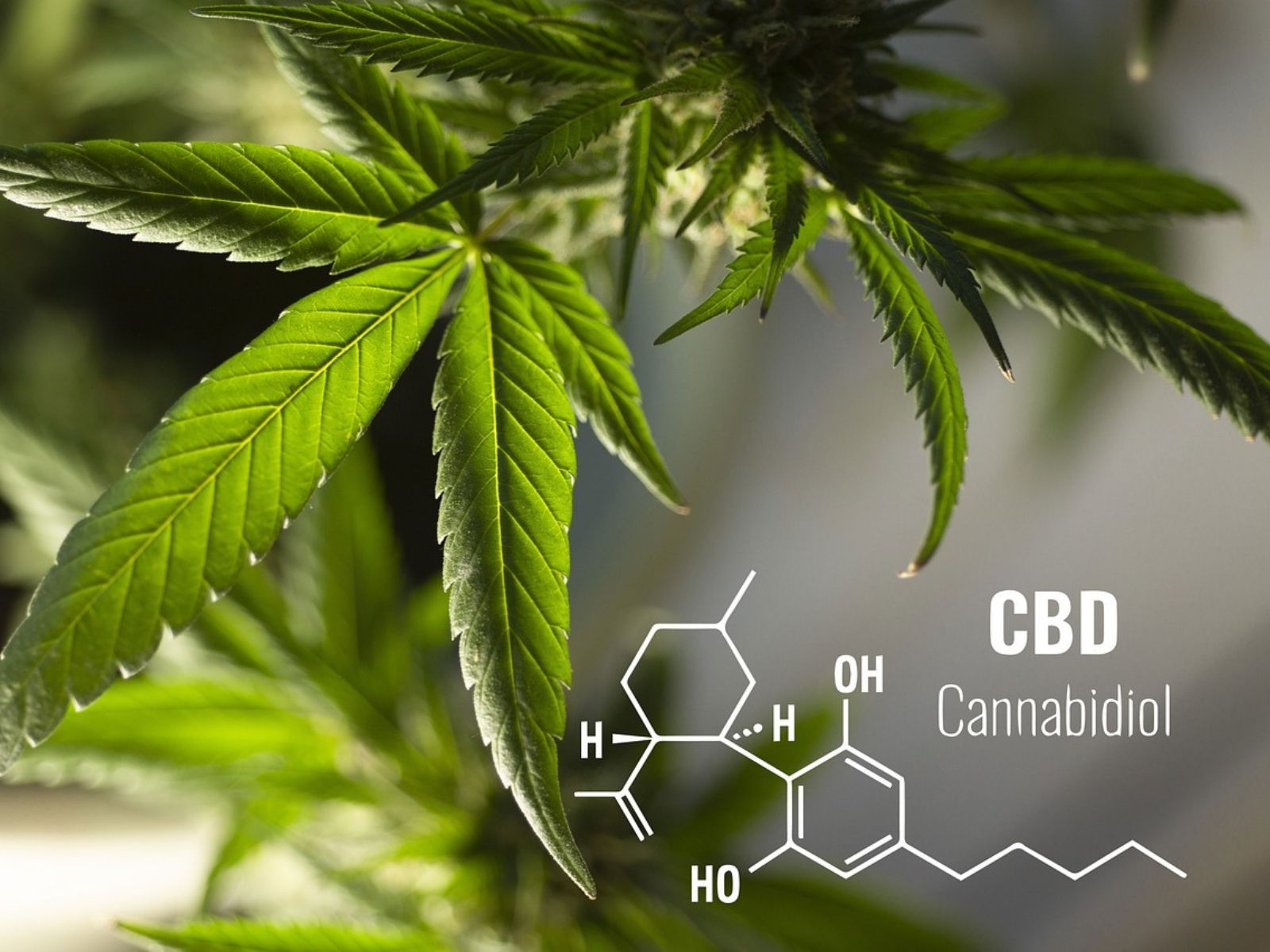
Cannabis May Help Patients With Substance Use Disorders

Cannabis May Help Patients With Substance Use Disorders
Substance use disorder is a major public health issue around the world. Researchers affiliated with the World Health Organization estimate that as many as 39.5 million people suffer from substance use disorder globally.
It is worth putting that international substance use disorder statistic into a proper context and pointing out that the World Health Organization also estimates that 296 million people use psychoactive drugs annually, so a vast majority of people who experiment with such substances do not develop substance use disorder.
With that being said, people who do suffer from substance use disorder should seek out effective therapies to reduce their use of truly harmful substances. Substance use disorder is characterized as “a disease that affects a person’s brain and behavior and leads to an inability to control the use of a legal or illegal drug or medicine.”
A team of researchers affiliated with various health and academic institutions based in the United Kingdom recently examined the use of cannabis-based medicinal products in substance use disorder patients enrolled in the United Kingdom Medical Cannabis Registry. Over half of the patients involved in the study reported suffering from an opioid use disorder. The study’s findings were published in the journal European Addiction Research.
“With a global rise in opioid-related mortality, there comes a need to address this with novel therapies. Cannabinoid receptors are highly expressed and co-localised with opiate receptors of the mesolimbic system. Cannabis-based medicinal products (CBMPs) have been suggested as a measure to reduce harm as maintenance therapy for substance use disorder (SUD).” the researchers wrote.
“Data from patients with SUD from the UK Medical Cannabis Registry were analysed. Outcomes included changes at 1, 3, and 6 months from baseline of the EQ-5D-DL, single-item sleep quality scale (SQS), and Generalised Anxiety Disorder-7 (GAD-7) questionnaire. Change in opioid medications was assessed as change in oral morphine equivalent (OME).” the researchers stated about their methodology.
“Improvements in GAD-7, SQS, and EQ-5D-5L at 1, 3, and 6 months from baseline were observed (p < 0.050). Median OME consumption at baseline was 274.95 (79.50–441.80) mg/day. This was reduced at 6 months (204.45 [61.88–354.85] mg/day; p = 0.043), there was no significant difference at 1 or 3 months (p > 0.050). Three (8.81%) participants reported 17 (50.00%) adverse events.” the researchers determined.
“There was an associated improvement in health-related quality of life PROMs and reduction in prescribed opioids in individuals with SUD treated with CBMPs. CBMPs were well tolerated by most individuals in this 6-month analysis.” the researchers concluded.
Cannabis has historically been portrayed by cannabis opponents and mainstream media as a ‘gateway drug.’ However, as the results of this study demonstrate, cannabis is better described as being an ‘exit drug’ for people who are addicted to using more harmful substances such as opioids.
Share article
Ticket Prices increase
JANUARY 28

Ticket Prices increase
JANUARY 28

Join Our Awesome Community
Join Our Awesome Community
Join Our Awesome
Community
Get all the latest industry news
delivered to your inbox







